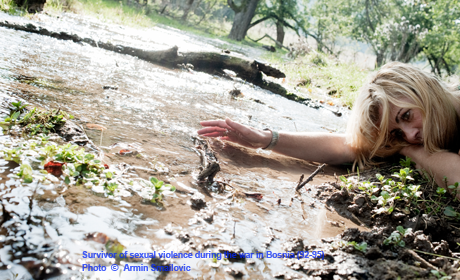-
Country Pages
-
Asia & the Pacific
- Afghanistan
- Bangladesh
- Bhutan
- Cambodia
- China
- India
- Indonesia
- Iran, Islamic Republic of
- Lao People's Democratic Republic
- Malaysia
- Maldives
- Mongolia
- Myanmar
- Nepal
- Pakistan
- Papua New Guinea
- Philippines
- Sri Lanka
- Thailand
- Timor-Leste
- Viet Nam
-
Eastern Europe & Central Asia
- Albania
- Armenia
- Azerbaijan
- Belarus
- Bosnia and Herzegovina
- Georgia
- Kazakhstan
- Kosovo Office
- Kyrgyzstan
- Moldova, Republic of
- North Macedonia
- Serbia
- Tajikistan
- Türkiye
- Turkmenistan
- Ukraine
- Uzbekistan
-
Arab States
- Algeria
- Djibouti
- Egypt
- Iraq
- Jordan
- Lebanon
- Libya
- Morocco
- Oman
- Palestine
- Somalia
- Sudan
- Syrian Arab Republic
- Tunisia
- Yemen
-
East & Southern Africa
- Angola
- Botswana
- Burundi
- Comoros
- Congo, the Democratic Republic of the
- Eritrea
- Eswatini
- Ethiopia
- Kenya
- Lesotho
- Madagascar
- Malawi
- Mauritius
- Mozambique
- Namibia
- Rwanda
- Seychelles
- South Africa
- South Sudan
- Tanzania, United Republic of
- Uganda
- Zambia
- Zimbabwe
-
Latin America & the Caribbean
- Argentina
- Bolivia, Plurinational State of
- Brazil
- Chile
- Colombia
- Costa Rica
- Cuba
- Dominican Republic
- Ecuador
- El Salvador
- Guatemala
- Haiti
- Honduras
- Mexico
- Nicaragua
- Panama
- Paraguay
- Peru
- Uruguay
- Venezuela, Bolivarian Republic of
- Caribbean (multi-country)
-
West & Central Africa
- Benin
- Burkina Faso
- Cabo Verde
- Cameroon
- Central African Republic
- Chad
- Congo
- Côte d'Ivoire
- Equatorial Guinea
- Gabon
- Gambia
- Ghana
- Guinea
- Guinea-Bissau
- Liberia
- Mali
- Mauritania
- Niger
- Nigeria
- Sao Tome and Principe
- Senegal
- Sierra Leone
- Togo
-

UNFPA Bosnia & Herzegovina
Bosnia and Herzegovina has emerged from post-conflict to a period of more stability and aims to eventually join the European Union. Challenges include: high unemployment, weak social protection, poor data, an ageing population, low fertility rates and marked gender inequalities. Key priorities for UNFPA support, which began in 1995, include the development of Reproductive Health Policy, prevention of cervical cancer, equal access to reproductive health services for youth, the strengthening of the social and demographic data collection, and prevention and management of gender-based violence.
Population
 Population aged 0-14
Population aged 0-14 Population aged 15-64
Population aged 15-64 Population aged 65+
Population aged 65+
Sexual and reproductive health
 Births attended by skilled health personnel
Births attended by skilled health personnel
Family Planning
 Modern method
Modern method
Education
Gender, Rights, and Human Capital
Harmful Practices
Minimum Initial Services Package
33Population Pyramid
Life Expectancy
Total fertility rate
News
Sound of Silence: Dealing with the Legacy of Sexual Violence as a Weapon of War
UNITED NATIONS, New York – Women often suffer the worst consequences of armed conflict. As targets of sexual violence,…
“First School, Then Marriage and Babies”
VISOKO, Bosnia and Herzegovina — Like many other Roma women in South-Eastern Europe, Arnela and Sabrina gave birth…


Social Updates
Tweets from UNFPATürkiye